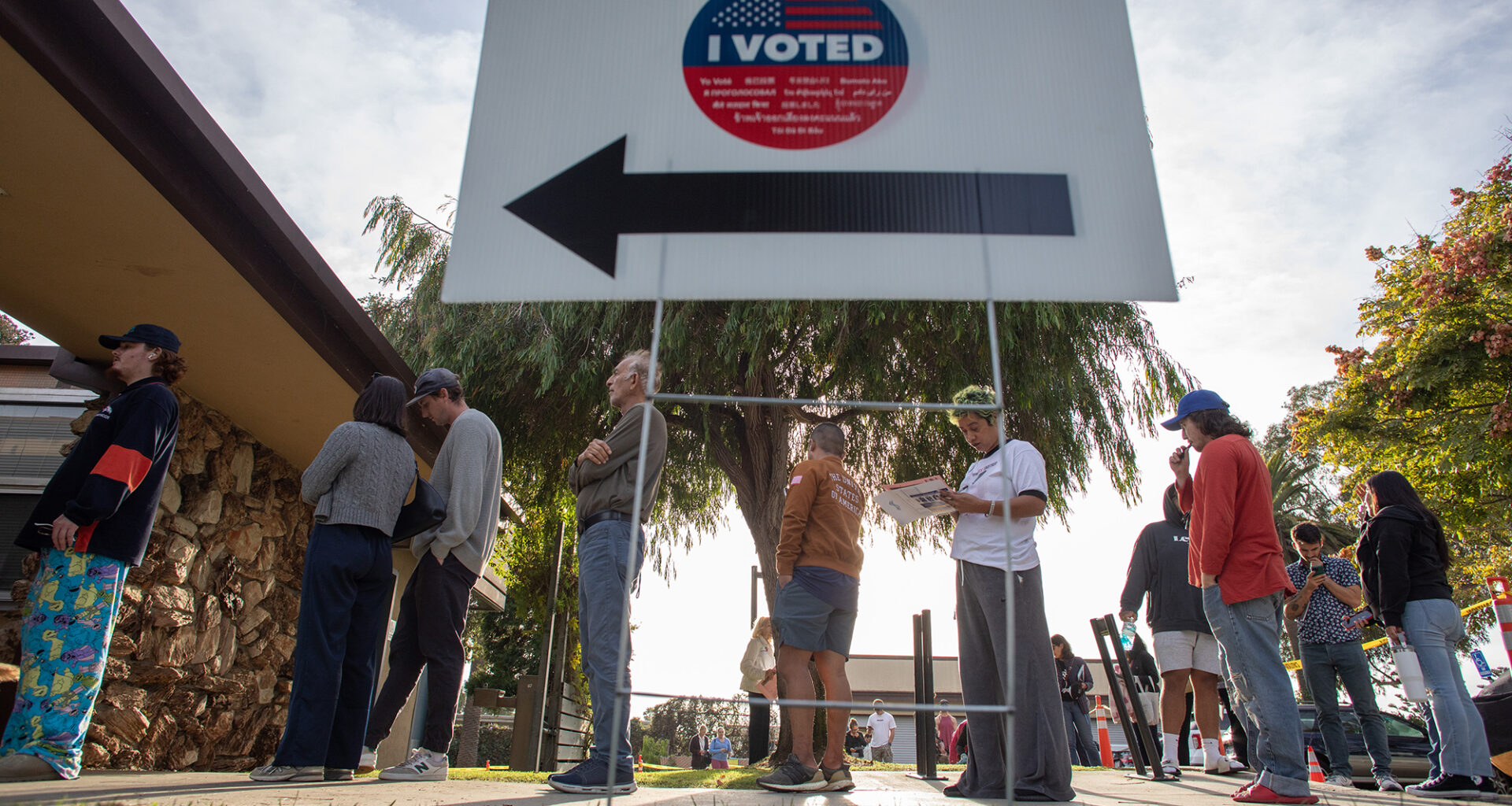By Jim Newton, CalMatters
This commentary was originally published by CalMatters. Sign up for their newsletters.
As voters weigh in on Proposition 50, which will appear on the ballot next month, the debate over the measure is complicated by one common concern and one common misconception: The concern is that the proposed redistricting moves California away from hard-won fairness in drawing congressional boundaries. The misconception is that this is a simple gift to Democrats.
It’s hard for some election reform supporters to feel good about Prop. 50. It does, after all, unravel the independent commission approach to drawing district boundaries, which California voters created in 2008 and expanded in 2010. That method is favored by many election specialists, who see it as more fair and less overtly political than having politicians choose their constituents.
Californians are rightly proud of their independent commission and its work, so it’s hard to let that go — even if temporarily. Prop. 50 would replace the current congressional map with one that creates five new majority-Democrat districts. It would remain in effect until the independent redistricting commission draws a new set based on the 2030 census, at which point California would resume its nonpartisan approach to the exercise.
Few people understand California redistricting better than Sara Sadhwani, a professor of politics at Pomona College and an ardent advocate of election rules that protect the public voice. She supports independent redistricting both as a scholar and as a participant.
When she applied for a position on the California Citizens Redistricting Commission in 2020, she noted that the commission “played an essential role in ensuring fair representation of all Californians by crafting district boundaries that met the needs of diverse communities.”
But Sadhwani is concerned not just with protecting California’s system, but also with the broader implications of attempts to improperly throw next year’s midterms to President Donald Trump and his Republican allies. Since Trump persuaded Texas to jimmy its congressional lines — Trump proclaimed that he is “entitled” to those now-gerrymandered seats — California has no choice but to respond, she argued.
“I’m a mom of three,” she told me last week. “I tell my kids on a regular basis that two wrongs don’t make a right. However,” she added, “I also tell them that if a bully punches you, you can defend yourself.”
Which brings us to the misconception. Although commentators do it all the time, it’s not correct to say that the new districts simply hand over new seats to Democratic candidates. What it does, rather, is create more districts with Democratic majorities.
Congressional candidates still have to do the work of collecting voters’ support and securing the office.
In some areas, of course, districts are effectively unchanged. Los Angeles is one of them, simply because L.A. is so overwhelmingly liberal. About 53% of the city’s registered voters are Democrats, compared to 17% who consider themselves Republicans. Any district boundary there will naturally produce majorities of Democrats.
Indeed, only two districts south of Santa Barbara will substantially increase their representation of Democrats: the 41st Congressional District, presently held by Republican Rep. Ken Calvert, and the 48th District, currently held by Republican Rep. Darrell Issa. In Calvert’s case, the new boundaries would leave the district heavily tilted in favor of Democrats, who would enjoy a 20-point registration advantage. In Issa’s district, the Democratic registration advantage would be just four points, but it’s still a big swing since the district presently gives Republicans a 10-point margin.
“Votes are earned, plain and simple. These districts work in the Democrats’ favor, but they don’t guarantee victory.”
Sara Sadhwani, California Citizens Redistricting Commission member and Pomona College professor
What does that mean on the ground? In the case of the 41st, Democrats envision a shift with Rep. Linda Sanchez, who lives in Whittier and currently represents the 38th Congressional District, moving over to challenge Calvert, effectively placing one incumbent against another and in a district now favorable to Sanchez. Meanwhile, L.A. County Supervisor Hilda Solis, a big name in Democratic circles, has already announced her intention to run in the 38th if Prop. 50 passes, replacing Sanchez.
However, the challenge for Democrats is a little more pronounced in the 48th. Issa easily won reelection in 2024 and outperformed the registration in his district, winning by 20 points when the Republican registration advantage was 10 points. So even stripping away that advantage does not guarantee that Democrats will seize the seat.
All of this is a reminder that district line-drawing alone is not enough for political victory. Democratic districts do not necessarily add up to Democratic seats, and it’s conceivable that Calvert or Issa — especially Issa — could end up being reelected, even in a district that is more heavily stacked against Republicans.
It’s also worth noting that the same dynamics are in play, in reverse, in Texas, where better odds for Republican officeholders and candidates do not assure them of victory. The effort to maximize Republican-majority districts may have spread the party’s loyalists too thin, a phenomenon that a Boise State University political scientist described as “dummymandering.”
Again, Sadhwani emphasized that the real test of the California effort is not so much how districts are drawn but how elections are decided.
“Votes are earned, plain and simple,” she said. “These districts work in the Democrats’ favor, but they don’t guarantee victory.”
If Prop. 50 passes, it will certainly complicate Trump’s effort to steamroll the midterms by altering the lines in Texas and elsewhere, but it does not assure that Democrats can undo the damage with their counterpunch in California. It will take candidates, organizing, money and, ultimately, votes to make that happen.
This article was originally published on CalMatters and was republished under the Creative Commons Attribution-NonCommercial-NoDerivatives license.

